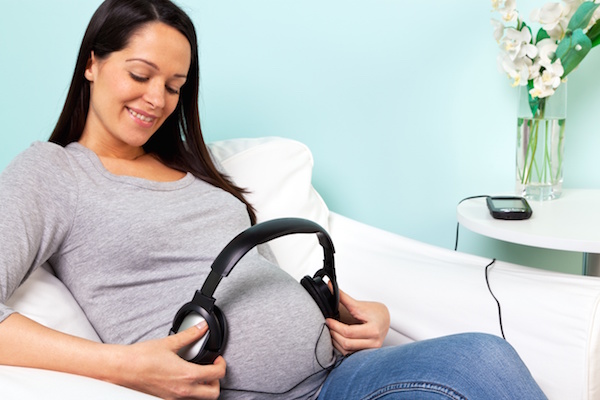FRIDAY, April 1, 2016 (HealthDay News) — Teens who own caps, shirts, and other merchandise displaying alcohol logos are more likely to drink, a new study finds.
Australian researchers reviewed results from 13 studies looking at alcohol-branded merchandise and teen alcohol use. The research included more than 26,000 kids and teens, mostly from the United States.
Four studies looked specifically at young people who hadn’t started drinking alcohol. Those who owned alcohol-branded merchandise were more likely to start drinking a year later, the researchers said.
Findings from the study were published online April 1 in the journal Pediatrics.
While the study found an association between ownership of these items and teen drinking, it wasn’t able to prove a cause-and-effect relationship.
“It is possible that owning the merchandise makes young people more likely to drink, or that young people who drink are more likely to want to own the merchandise, or a combination of these effects,” explained study leader Sandra Jones. She’s director of the Centre for Health and Social Research at Australian Catholic University in Melbourne.
Dr. Victor Strasburger, lead author of the American Academy of Pediatrics’ Children, Adolescents, and Advertising policy statement, said, “The studies showed that this ownership contributes to onset of drinking, not amount of drinking.
“But we know that when teenagers begin drinking, they tend to binge drink, not use good judgment, and drive when drunk or intoxicated,” he added.
Based on her research, Jones believes that promotional alcohol items encourage a culture of drinking among teens.
“As they transition through adolescence, young people are developing their sense of identity,” she said.
“The things that they wear, carry, and consume help to create and convey their desired identity. There is increasing evidence that brands facilitate this by allowing the young person to take on and project the desirable characteristics that are associated with that brand. These characteristics and brands then become a part of their sense of self, as well as the way that others see them,” Jones said.
In addition to hats, caps and T-shirts, other examples of alcohol-related products include accessories, such as bags, backpacks, belts, lighters, sunglasses, wallets and key rings. Other promotional items include drinking glasses, utensils, cooler bags, bottle openers and coffee cups, the researchers said.
Depending on the study, ownership of such items ranged from 11 percent to 59 percent of the young participants. Ownership was higher among older children and males, the researchers said.
Most of the studies didn’t find any gender differences. But two studies did find that the association between branded merchandise and drinking issues was actually stronger for girls.
Interventions to reduce the availability of these items to young people are needed, according to Jones. “A first, and very simple, step would be to restrict the sale of these items to outlets where the sale of alcohol is allowed,” she said.
She also recommended that alcohol-branded clothing not be made in children’s sizes. Alcohol-related toys and gimmicks that appeal to children should also be discontinued, she added.
Jones believes that parents can play an important role in preventing or limiting children’s ownership of these items.
“Many of these items are given away for free at promotional events or as gifts with purchase, and parents may hand them on to their children — or allow others to do so — without processing the fact that they are providing their child with extended exposure to an advertisement for an alcohol brand,” she said.
Strasburger said the media are often irresponsible when it comes to alcohol. “They depict alcohol use as normative behavior, or a solution for complex problems, or show being drunk as funny,” he said. “We spend something like $5 million on alcohol advertising every year, then we wonder why so many teenagers drink. It’s not rocket science.”
More information
Read more about children, alcohol and advertising from the RAND Corporation.
Copyright © 2024 HealthDay. All rights reserved.

